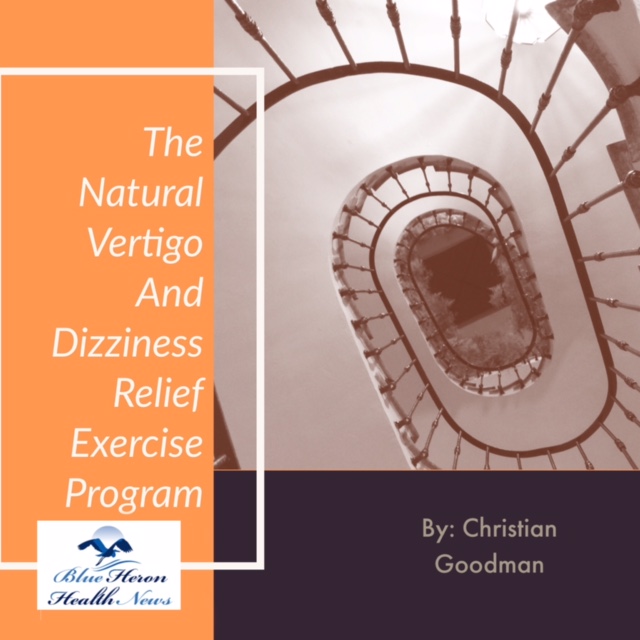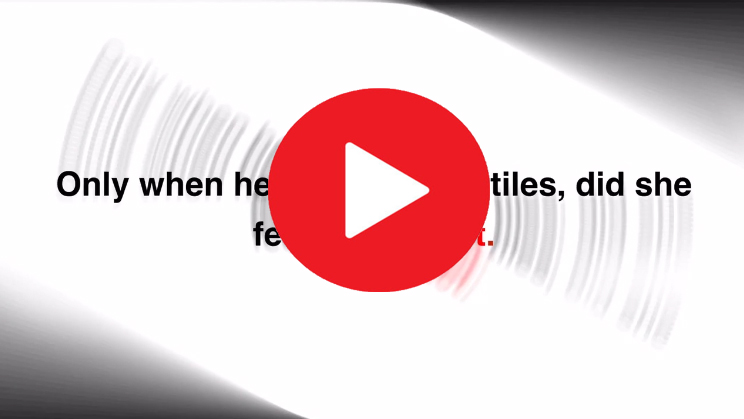
The Vertigo And Dizziness Program™ By Christian Goodman Vertigo and Dizziness Program is a designed to help stop vertigo and dizziness once and for all. Medical practitioner don’t know the exact cure for this condition but this program will show you exactly what you need to make this painful condition a thing of the past. This program has recommended a set of simple head exercises that help cure this condition.
The role of the inner ear in vertigo
The Role of the Inner Ear in Vertigo
The inner ear plays a crucial role in maintaining balance and spatial orientation, and it is intimately connected to the sensation of vertigo. When there is a problem with the inner ear, it can send incorrect signals to the brain about your position and movement, leading to the spinning sensation that characterizes vertigo.
Anatomy of the Inner Ear
The inner ear consists of two main structures involved in balance:
- Vestibular System:
- Semicircular Canals: These three fluid-filled canals are oriented at right angles to each other and detect rotational movements of the head (e.g., turning your head left or right, nodding, tilting). Each canal contains hair cells (sensory receptors) that detect the movement of fluid within the canals when the head moves. These hair cells send signals to the brain about the direction and speed of head movements.
- Otolith Organs: The utricle and saccule are two structures that detect linear movements (e.g., moving forward or backward, up or down) and the position of the head relative to gravity (e.g., tilting the head). These organs contain tiny crystals called otoconia that sit on a gel-like substance. When the head moves, the crystals shift, bending the hair cells and sending signals to the brain about the head’s position and movement.
- Cochlea:
- While primarily involved in hearing, the cochlea is adjacent to the vestibular structures, and issues affecting the inner ear often involve both hearing and balance.
How the Inner Ear Contributes to Balance
The inner ear constantly sends information about head movement and position to the brain, which processes this information along with input from the eyes and proprioceptive sensors in the muscles and joints. The brain then coordinates these signals to maintain balance and orientation.
When the inner ear functions properly, the brain receives accurate information, allowing for smooth coordination of movement and balance. However, if there is a problem in the inner ear, it can lead to vertigo, as the brain receives conflicting or distorted signals about motion and position.
Common Inner Ear Disorders That Cause Vertigo
Several inner ear disorders can disrupt the normal function of the vestibular system, leading to vertigo:
- Benign Paroxysmal Positional Vertigo (BPPV)
- Mechanism: BPPV occurs when tiny calcium carbonate crystals (otoconia) from the utricle become dislodged and move into one of the semicircular canals. When the head changes position, these crystals move through the canal, stimulating the hair cells and sending false signals to the brain about head movement. This results in the spinning sensation characteristic of vertigo.
- Symptoms: Brief episodes of vertigo triggered by specific head movements, such as rolling over in bed, looking up, or bending down.
- Meniere’s Disease
- Mechanism: Meniere’s disease is thought to be caused by an abnormal buildup of endolymphatic fluid in the inner ear, which disturbs the normal balance and hearing functions. The increased fluid pressure can affect the vestibular system’s ability to accurately sense head movements, leading to vertigo.
- Symptoms: Recurrent episodes of vertigo lasting minutes to hours, often accompanied by hearing loss, tinnitus (ringing in the ears), and a feeling of fullness in the ear.
- Vestibular Neuritis and Labyrinthitis
- Mechanism: Vestibular neuritis is inflammation of the vestibular nerve, and labyrinthitis is inflammation of both the vestibular nerve and the labyrinth (the entire inner ear). These conditions are often caused by a viral infection. The inflammation disrupts the nerve’s ability to transmit accurate balance information from the inner ear to the brain, leading to vertigo.
- Symptoms: Sudden onset of severe vertigo, often lasting several days, with associated nausea, vomiting, and balance problems. Labyrinthitis may also cause hearing loss.
- Perilymph Fistula
- Mechanism: A perilymph fistula is an abnormal connection between the middle ear and the inner ear, allowing perilymph fluid to leak from the inner ear into the middle ear. This disrupts the pressure balance in the inner ear, affecting the function of the vestibular system and causing vertigo.
- Symptoms: Vertigo triggered by changes in pressure (e.g., sneezing, coughing, or physical exertion), often with hearing loss.
- Acoustic Neuroma (Vestibular Schwannoma)
- Mechanism: An acoustic neuroma is a benign tumor that develops on the vestibular nerve. As it grows, it can compress the nerve and disrupt the transmission of balance information from the inner ear to the brain, leading to vertigo.
- Symptoms: Gradual onset of vertigo, hearing loss on one side, and possibly tinnitus and facial numbness.
How the Brain Responds to Inner Ear Issues
When the inner ear sends abnormal signals due to a disorder, the brain may receive conflicting information from the vestibular system, eyes, and proprioceptive sensors. This mismatch in sensory input confuses the brain and results in the sensation of vertigo.
In some cases, the brain can adapt to the abnormal signals over time through a process called central compensation, where it learns to ignore the faulty input from the affected ear. Vestibular rehabilitation therapy can help accelerate this process, teaching the brain to rely more on other sensory inputs to maintain balance.
Conclusion
The inner ear plays a fundamental role in balance and spatial orientation, and its dysfunction is a key contributor to vertigo. Understanding how the inner ear works and recognizing the conditions that can affect it are essential for diagnosing and treating vertigo effectively. Proper management often involves addressing the specific inner ear issue and helping the brain adapt to any persistent changes in balance information. If you experience vertigo, it’s important to consult a healthcare provider to determine whether the inner ear is involved and to receive appropriate treatment.

The Vertigo And Dizziness Program™ By Christian Goodman Vertigo and Dizziness Program is a designed to help stop vertigo and dizziness once and for all. Medical practitioner don’t know the exact cure for this condition but this program will show you exactly what you need to make this painful condition a thing of the past. This program has recommended a set of simple head exercises that help cure this condition.